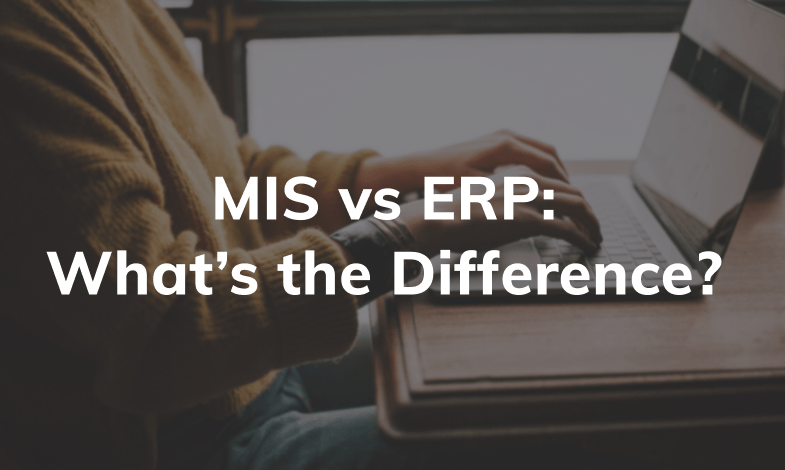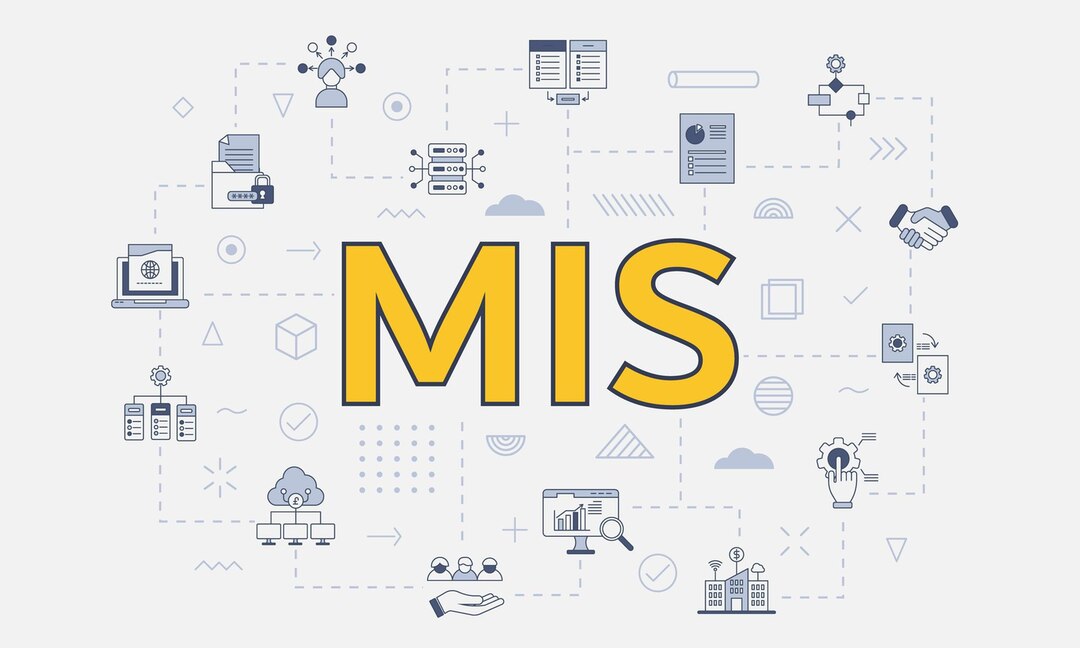In the world of business technology, ERP (Enterprise Resource Planning) and MIS (Management Information System) are often mentioned in the same breath. While both systems play crucial roles in managing and optimizing business operations, they serve distinct purposes. Understanding their key differences is essential for businesses looking to implement the right technology solutions.
What is an MIS?
As we’ve discussed before, a Management Information System (MIS) is primarily focused on providing information for decision-making. It collects, processes, and disseminates data from various sources to generate reports and insights for managers at different levels. Think of it as a system that transforms raw data into actionable intelligence.
Key Characteristics of an MIS:
- Focus on Information Reporting: Generates reports for management analysis and decision-making.
- Data-Centric: Emphasizes the organization and retrieval of data.
- Support for Decision-Making: Provides insights for strategic, tactical, and operational decisions.
- Varied Outputs: Offers reports, dashboards, and other information outputs.
- Can be more specialized: MIS systems can be made to focus on a single area of the business.
What is an ERP?
Key Characteristics of an ERP:
- Process-Oriented: Focuses on automating and integrating business processes.
- Integrated System: Connects various departments and functions within an organization.
- Transaction-Focused: Manages day-to-day transactions and operations.
- Real-Time Data: Provides up-to-date information across the organization.
- Module-Based: Consists of various modules for different business functions.
Key Differences Summarized:
| Feature | ERP (Enterprise Resource Planning) | MIS (Management Information System) |
| Focus | Process Automation and Integration | Information Reporting and Decision Support |
| Scope | Enterprise-wide, covering multiple departments | Can be department specific, or enterprise wide, but with a focus on information. |
| Data Type | Transactional and operational data | Information derived from processed data |
| Purpose | Streamline operations and improve efficiency | Provide insights for decision-making |
| Integration | Highly integrated across departments | Can be integrated, but the primary focus is reporting. |
In Simple Terms:
- An ERP is like the operational backbone of your business, managing the flow of goods, services, and information across departments.
- An MIS is like the intelligence center, providing managers with the insights they need to make informed decisions based on the data that the ERP, and other sources, provide.
Which One Do You Need?
The choice between ERP and MIS depends on your specific business needs.
- If you need to streamline and integrate your core business processes, an ERP is essential.
- If you need to improve your decision-making capabilities and gain better insights into your data, an MIS is crucial.
- Often, a business will benifit from both systems. ERP systems often have MIS capabilities built in, and a standalone MIS can be used to provide more specialized reporting.
In many cases, businesses implement both systems to maximize efficiency and effectiveness. An ERP provides the operational foundation, while an MIS provides the analytical insights needed for strategic growth. Understanding the distinct roles of ERP and MIS will help you make informed decisions and invest in the right technology for your business.






